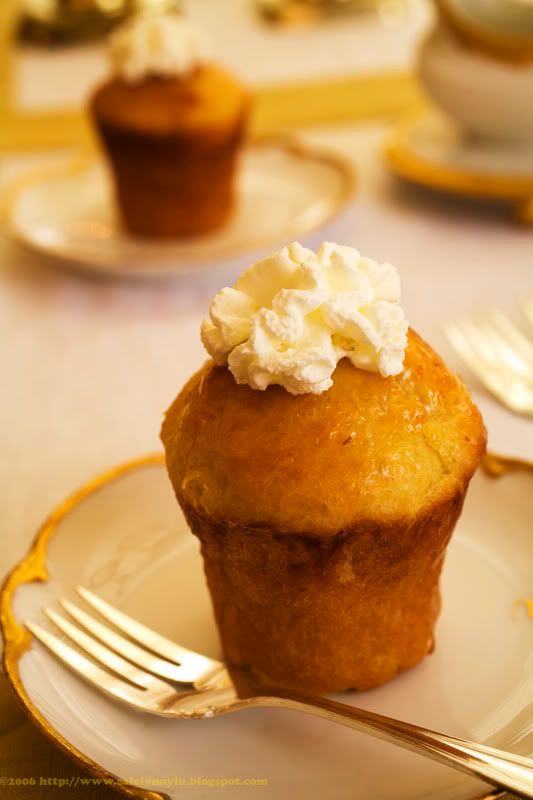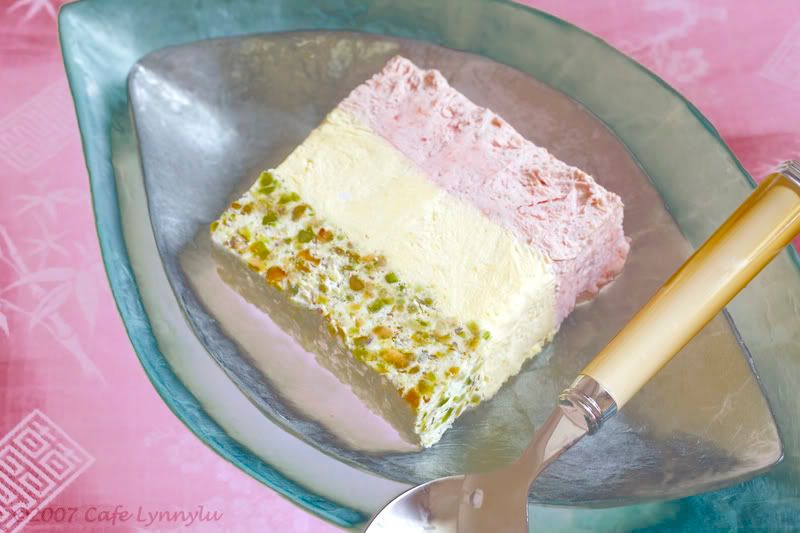
Tami of runningwithtweezers always has some great blog event ideas and her RWT Chile Cook-Off comes at a good time when we are full of elegant and rich Christmas dishes and need a humble pot of good chili to head us into the New Year.
Don't let this seemingly innocuous bowl of chile verde fool you! Upon first taste, your inner fire alarm begins to clang, but before it reaches the three alarm stage, the heat begins to mellow out to a nice glow. I used two jalapenos which was plenty hot for me, but for inveterate chileheads, go for the max-eight! Chile Verde is a great make-ahead dish and seems to improve upon reheating. Serve over rice and garnish with cilantro and chopped radishes.
Prior to browning the pork tenderloin, the meat is seasoned with a rub consisting of oregano, ground cumin, cayenne pepper, ground coriander, and freshly ground black pepper. This spicy rub permeates the pork and gives the chile verde depth and some additional heat.

Chile Verde
Rub
1 tablespoon oregano
2 teaspoons ground cumin
1 teaspoon ground coriander
1/2 teaspoon freshly ground pepper
1/2 teaspoon cayenne pepper
3-3 1/2 pounds pork tenderloin
2 medium onions, chopped
6-8 garlic cloves, minced
4 tablespoons oil
2 bay leaves
1 12 oz. can beer
4 cups good chicken broth
10 green chiles, charred, peeled, seeded and stemmed
or1 7oz can chopped green chiles
2-8 jalapenos, seeds and ribs removed, minced
6 carrots, peeled and cut into chunks
3 russet potatoes, peeled and cut into chunks
Cilantro and chopped radishes for garnish
Cut meat into 2 inch pieces and rub thoroughly with the spice rub. Brown the meat in batches, using two tablespoons of oil at a time. Set meat aside when browned. Saute onion until soft, then add garlic.
Return the meat to the pan with the onion and garlic. Pour in the beer and simmer briskly, than add the broth and bay leaves. Cook for 30 minutes. Add the chiles and jalapenos, cook for 45 minutes, than add potatoes and carrots. Simmer until vegetables are tender, but not mushy. Correct seasonings.
Serve over rice and garnish with cilantro. Serves 6.
Recipe adapted from "Red and Green Chile Book" by Jacqueline Higuera McMahan















































